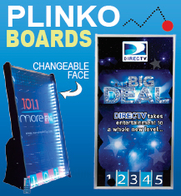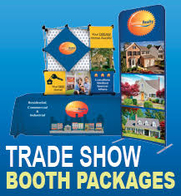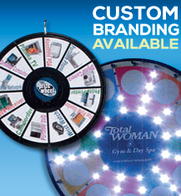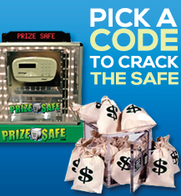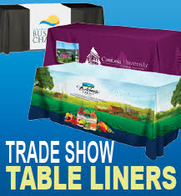 Trade show exhibitors often complain that their efforts at events seem wasted. That is, their efforts fail to provide the necessary return on investment that would justify their participation. But, more often than not, the problem has little to do with the trade show itself. What’s more, it may not be related to the things they do while they are at the event. Instead, the problem is likely to be found in the development and execution of their trade show strategies.
Trade show exhibitors often complain that their efforts at events seem wasted. That is, their efforts fail to provide the necessary return on investment that would justify their participation. But, more often than not, the problem has little to do with the trade show itself. What’s more, it may not be related to the things they do while they are at the event. Instead, the problem is likely to be found in the development and execution of their trade show strategies.
In this article, we’ll describe the difference between strategies and tactics, and how you can strategically create your overall trade show marketing plan. Plus, you’ll learn how to use strategic thinking to plan and execute your trade show activities.
The Basics Of Strategy
Your trade show strategies reflect your overall plan. They comprise the big picture and represent how your company will accomplish its core objectives. That includes identifying your target audiences and the solutions that you will offer them. Your organization’s strategy should also address the reasons why your target audience should do business with you. It must identify their problems as well as describe how your products or services resolve those problems. Often, exhibitors neglect to devote time or attention to developing their trade show strategies. As a result, their marketing efforts are haphazard and buffeted by the dynamics of the moment.
Difference Between Strategies And Tactics
Many exhibitors do not realize that there is a significant difference between trade show strategies and tactics. While strategies reflect the long-term big picture, tactics are the relatively short-term events that are measured on the road to accomplishing your strategic objectives. In effect, your strategy is executed through your tactics. And the right strategy is more forgiving of imperfect tactics.
For example, assume that you operate a restaurant. Your tactics might include washing plates thoroughly, greeting customers pleasantly, and preparing good food. These activities support your broader strategy which includes choosing the location of your restaurant given traffic patterns and local clientele. One dirty plate or cranky server will not have a lasting impact on your restaurant’s success.
 Creating An Overall Trade Show Marketing Plan
Creating An Overall Trade Show Marketing Plan
Your trade show strategies should be the guide by which you develop your overall event marketing plan. That includes knowing what your main objectives are for participating at events. You must be able to identify your target audiences and be able to interact with them at the shows. That means selecting the shows that provide your company with the access you need to your target audiences.
If your trade show marketing plan does not include tactics that allow you to do these things, your time will be wasted. Remember, your tactics should support your strategies. Using giveaways, promotional items, conducting product demonstrations, and even qualifying leads should all be driven by your trade show strategies.
Strategic Planning And Execution
When you create your trade show plan in light of your overall strategy, you can prepare for events more effectively. By thinking strategically, you can address each of the short-term tactics you will use leading up to, during, and after the show in order to achieve your core objectives. Your pre-show marketing can be done to drive customers to your booth. Promotional items and giveaways transform from spectacles into tools that effectively brand your company and communicate the right messages to the right audiences. Even your choice of where your booth will be located can be leveraged to better enable you to meet your long-term goals. In short, your execution of all tactics converge to promote your trade show strategies.
Exhibitors who fail to recognize the importance of developing a strategy and pushing toward core objectives cannot have nearly the long-term trade show success as those who do.
About the Author:
Jonathan Edelman provides helpful advice about trade show strategies. With years of experience in the trenches, he is an expert on booth displays, follow up techniques, and using trade show marketing strategies to boost revenue.











